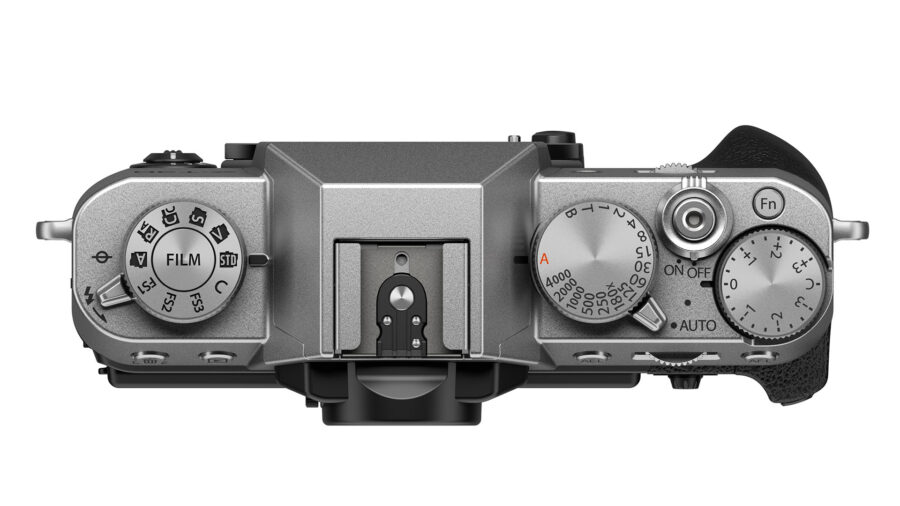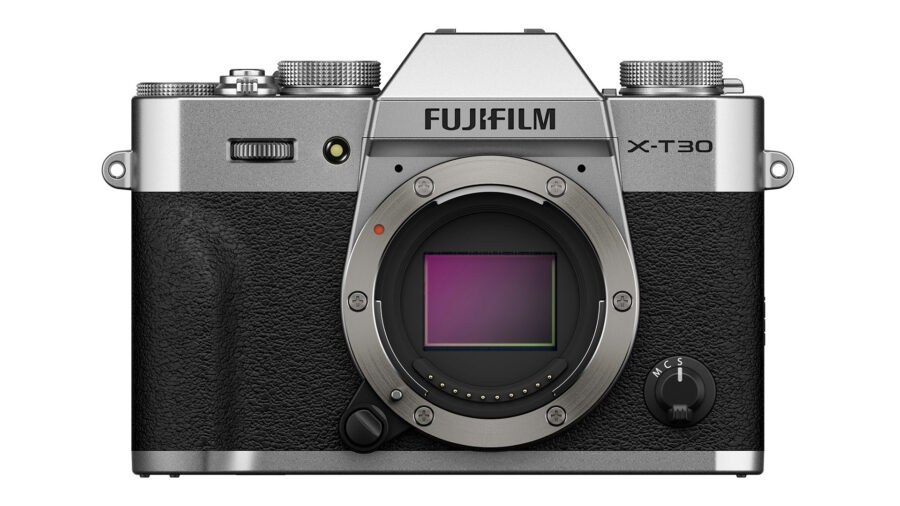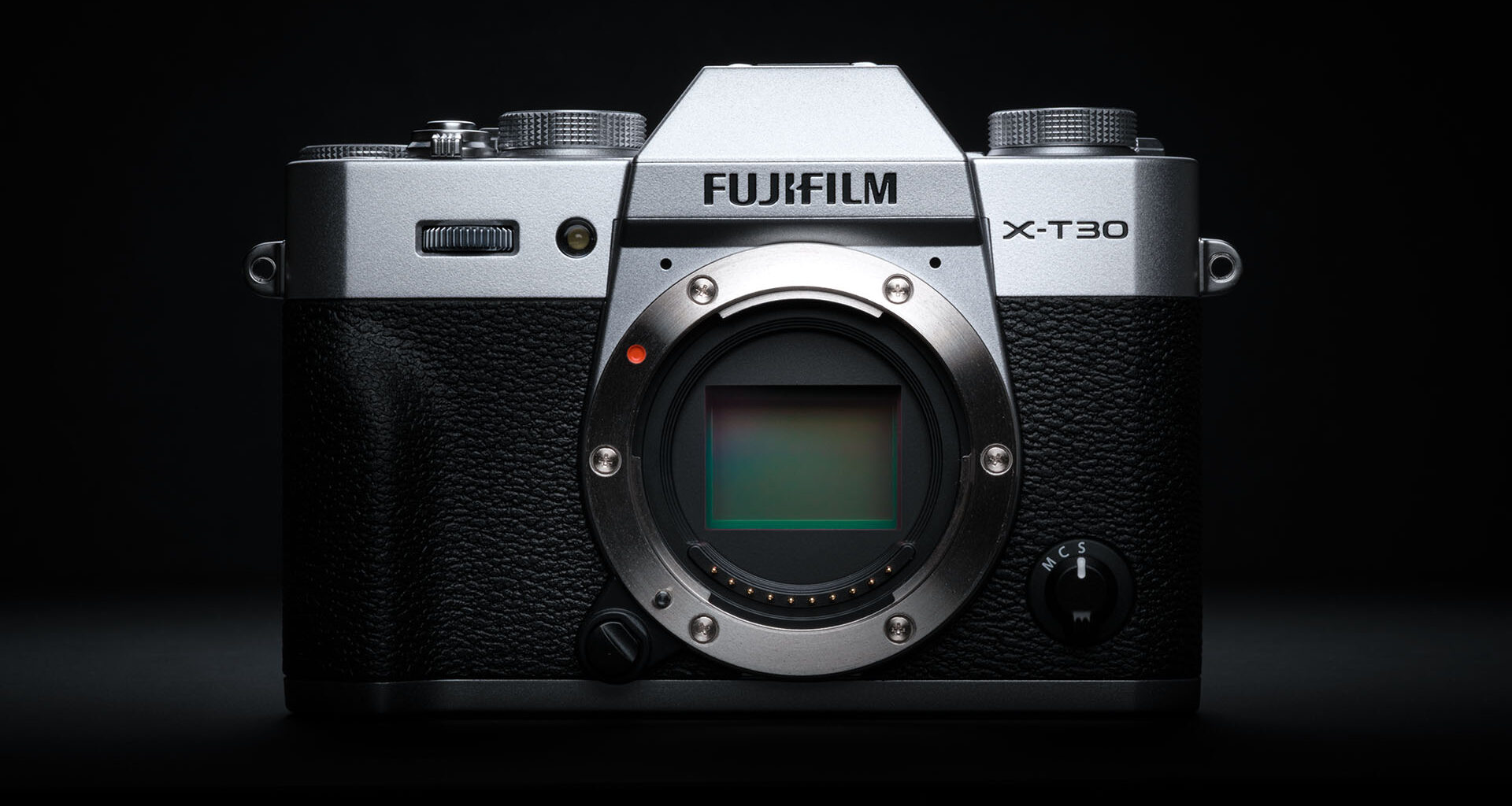
FUJIFILM’s ever-expanding X line just got its most recent update – the FUJIFILM X-T30 III. At its third iteration, the company’s compact, entry-level SLR-style camera gets some meaningful upgrades in terms of stills and more on the video side. Aligned with the rest of FUJIFILM’s 4th-gen 26 Megapixel X-Trans sensor, the X-T30 III is capable of 6.2K open-gate recording, 4K 60P, FHD 240P, and 4:2:2 10-bit recording. The camera also features a dedicated film simulation dial, complete with the much-loved FUJIFILM color science and all its glory. Let’s take a look!
The FUJIFILM X line is one of the most prominent mirrorless camera lines available, one that took a significant role in the mirrorless revolution, giving it a distinct neo-nostalgic touch. Over the years, FUJIFILM has expanded the line, fine-tuning segments and designs, to the point where it’s actually quite challenging to decide how to position each of the ten available models. I’ll be the first to admit – I believed the X-T50 to be the successor of the X-T30, thinking about an up-market move, similar to the move made with the X-E5. I happily stand corrected and actually really like the new offering, especially from a hybrid standpoint. I’ll explain in a bit, but first – let’s get to know the FUJIFILM X-T30 III
 Silver, black, or Charcoal silver colorways are available for the X-T30 III. Image credit: FUJIFILMBody and design
Silver, black, or Charcoal silver colorways are available for the X-T30 III. Image credit: FUJIFILMBody and design
The FUJIFILM X-T30 III is a compact, SLR-style mirrorless camera (meaning it has a centered EVF “prism” with dials on both sides). A slew of control points adorn the compact body:
Film simulation dialShutter speed dialExposure compensation dialtwo function dialsRear joystick, Q-button, and more Dials galore. Top view of the X-T30 III. Image credit: FUJIFILM
Dials galore. Top view of the X-T30 III. Image credit: FUJIFILM
These hands-on, tactile control points have become FUJIFILM’s signature, often praised by users who claim this approach makes them want to take the camera out for a shoot and also to take more control over the creative process. But don’t let that intimidate you – an all-auto mode is also on board if it’s getting too overwhelming and you just want a break.
FUJIFILM X-T30 III features
At the heart of the FUJIFILM X-T30 III is a 4th-gen 26.1 Megapixel sensor and the latest X-Processor 5 image processor, found in various other cameras. Like its stablemates, the X-T30 III won’t pose any arbitrary limitations upon you, allowing for some impressive features:
6.2K full sensor, open gate 3:2 recording up to 30P4K 60P recordingFHD 240 P recording4:2:2 10-bit HEVC, MOV.Hybrid AF with AI-based subject detection (faces, eyes, animals, birds, vehicles, insects, drones)Electronic image stabilization in video (no IBIS) Front view of the X-T30 III. Image credit: FUJIFILM
Front view of the X-T30 III. Image credit: FUJIFILM
The X-T30 manages to squeeze in a mic jack, Micro HDMI, and a USB-C port. The battery on board is the company’s smaller NP-W126S, but improved efficiency should provide up to 425 shots (CIPA standard). The camera uses a single SD card as storage media. All these features are included in a mere 378g/.83 lb, the same as the X-T30 II. It’s worth mentioning that compact bodies may run into issues with long, demanding recording times. As per FUJIFILM’s stats, the X-T30 III will be able to record approximately 45 minutes of 6.2K 30P or 40 minutes of 4K 60P on a single battery. We don’t yet have official information regarding overheating or other limitations, but we will update the article once we do.
Everything, everywhere, all at once – The FUJIFILM X-Mount way
The FUJIFILM X-T30 III enters one of the more crowded mounts in the business. FUJIFILM offers no fewer than 10 options, ranging from under $1000 to a bit over $2000. Should one look at the spec lists of these cameras, a few differences can be found. The X-H2 and X-H2S flagship duo stand out with some high-end features, sure, but beneath these two, all seems very similar. Why?

Because FUJIFILM lets you choose. Want a video-centric, mid-budget camera? Get the X-S20. Want a smaller camera with higher resolution? The X-T50 is right there. A rangefinder form factor, maybe? Take the X-E5, or go full analog (but still digital) with the X-Pro3. And that’s not even half the line. FUJIFILM has thoroughly implemented the notion that ergonomics, design, and user experience are as important, if not more than, tech specs and features. I, for one, would love to see more manufacturers take this path.
Pricing and availability
The FUJIFILM X-T30 III will be available in late November 2025 for $999.95 / €794.61, and together with the newly announced XC 13–33 mm F3.5–6.3 OIS kit lens for $1,149.95.
Is the FUJIFILM X-T30 III right for you? Would you prefer it over other offerings from FUJIFILM or other 1K$ cameras? Let us know in the comments.

